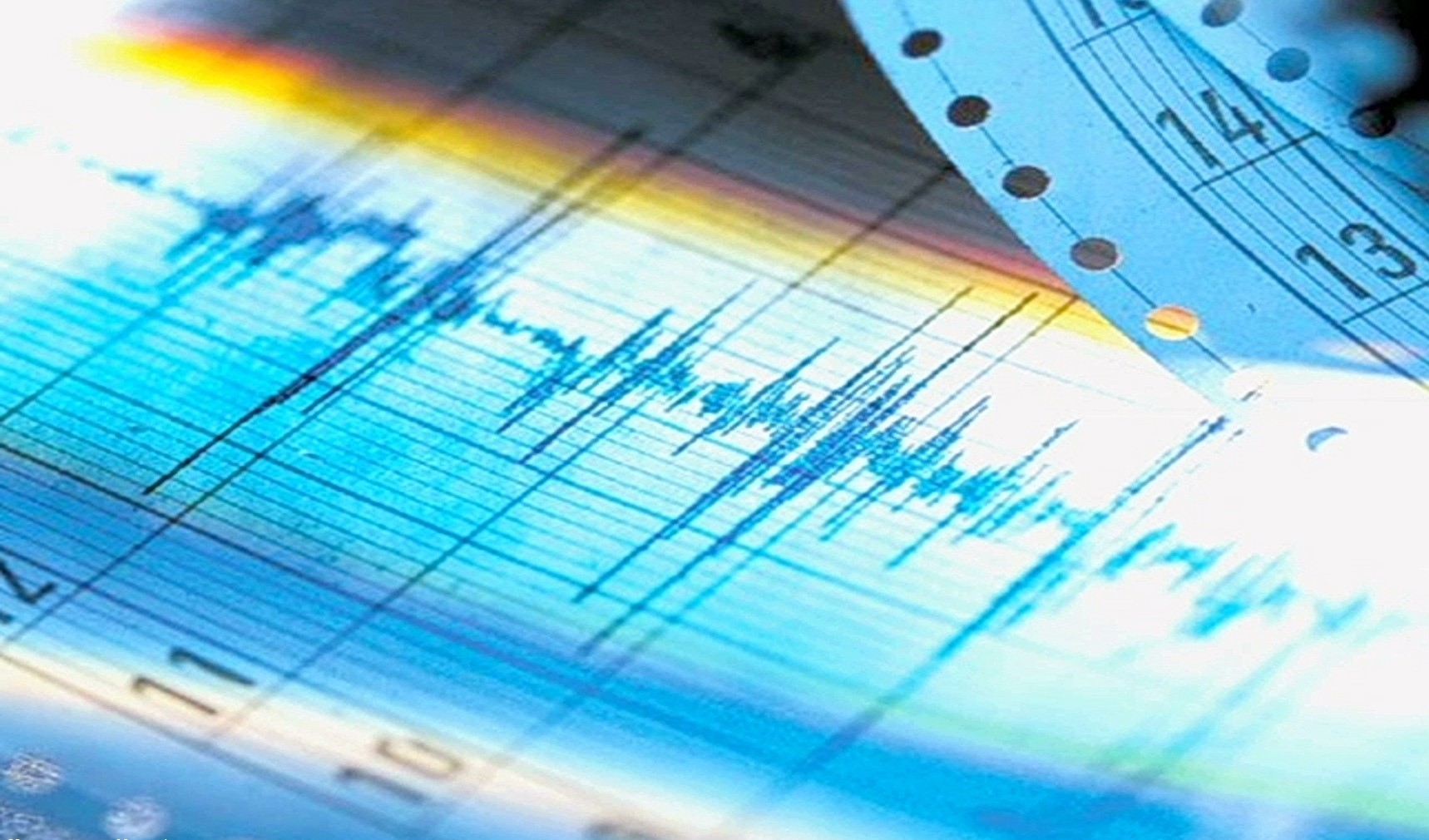
The causes of the earthquakes in West Africa, currently located far from tectonic plate boundaries, were determined by scientists in a study published June 4 in the journal Geophysical Research Letters.
Although active tectonic processes occurred here 140 million years ago, today the coast of West Africa is a passive zone, located far from the active boundaries of tectonic plates and is considered a seismically quiet zone. Therefore, scientists do not fully understand why the region is experiencing an increasing number of magnitude 2 to 5 earthquakes. The lack of widespread seismic monitoring stations throughout the region is a serious problem.
In the study, scientists wanted to determine the type of displacement underlying earthquakes in West Africa, as well as the orientation of stresses along the passive boundary and inward. To do this, they examined records from 62 seismic stations from 1991 to 2021 and focused on 14 intraplate earthquakes that had high- to moderate-quality waveform data.
Scientists were able to determine the focal mechanisms of two earthquakes from seismograms. They found that the continental margin experiences a combination of thrust deformation and strike-slip displacement. The area may also be influenced by stresses transferred from the oceanic crust and from tectonically active North Africa into the interior of the continent.
The researchers concluded that the variable stress patterns and slip movements occurring in West Africa are the result of a combination of tectonic stress movements and local stress perturbations that cause the reactivation of crustal weaknesses in ancient shear zones. and collapsed fissures.
They also noted that man-made disturbances can reactivate ancient structures. For example, a series of earthquakes in the mining region of Mauritania were probably caused by activity in iron ore mines.
The authors say their work provides the best collection of data available on intermediate earthquakes, but they hope that improved equipment and monitoring around clusters of earthquakes can expand the available data set.
Source: Rossa Primavera
I am Michael Melvin, an experienced news writer with a passion for uncovering stories and bringing them to the public. I have been working in the news industry for over five years now, and my work has been published on multiple websites. As an author at 24 News Reporters, I cover world section of current events stories that are both informative and captivating to read.
